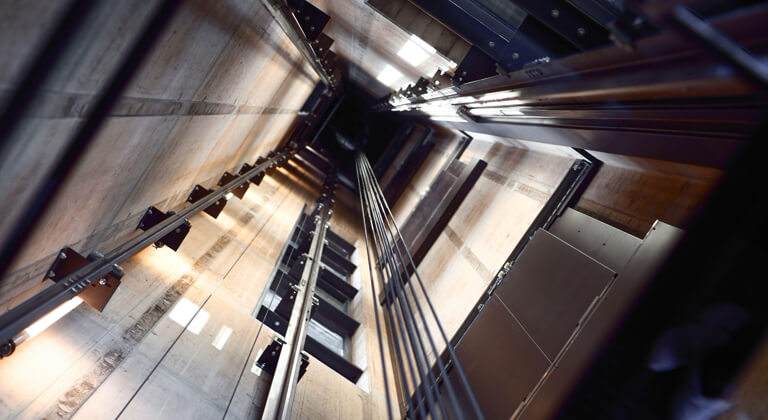The IBC (International Building Code) and ASME (American Society of Mechanical Engineers) recently introduced updated elevator code requirements. Specifically, emergency phones in new elevators should provide video and text communication to accommodate people with hearing and speech impairments. Learn more about the updated standards for elevator phones.
Why Buildings Are Adopting Elevator Video Monitoring
Emergency phones have been a mandatory feature in elevators since 1976. A two-way emergency call system makes elevators much safer, but voice-only communication has significant drawbacks.
For instance, let’s say a speech-impaired person is stuck in an elevator and presses the emergency call button but can’t explain the situation. The monitoring center operator has no way of knowing what’s going on or even whether the call indicates a genuine emergency.
The updated IBC 2021 elevator code mandates a two-way elevator communication system that includes video and text. Such systems make emergency calls much easier for deaf and non-verbal passengers and allow operators to view the situation inside the elevator in real time.
The Updated IBC Elevator Code
In 2018, the IBC stated that emergency call systems in elevators must provide a way for passengers to communicate through video and text. In 2021, the updated elevator code added some specifics. The core of the current code states that:
- Elevators will provide a two-way emergency communication system with audible and visual text modes
- Each mode will enable interactive communication between the passengers and the elevator monitoring staff
- The passengers may choose an audible or text-based mode per their convenience or ability
- The emergency communication system will be operational whenever the elevator is in use
- Authorized emergency personnel will be able to view in-elevator video footage
These new code-compliant monitoring systems help centers respond more quickly and efficiently in emergencies.
How Does Video Elevator Emergency Communication Work?
If your state has adopted the updated elevator code, any new elevator systems or elevators that undergo major upgrades must provide emergency two-way communication that includes video and text. This is how it works:
- A passenger presses the emergency button to call for help.
- The monitoring center receives the call while an encrypted tunnel opens for text and video.
- The monitoring operator verbally answers the passenger’s call.
- If the caller doesn’t respond, the operator can view the elevator camera to confirm there’s a passenger in the elevator.
- If the elevator is occupied, but the passenger doesn’t (or can’t) communicate verbally, the operator can post text messages via an in-elevator screen.
- Elevator users can answer yes/no by pressing designated buttons.
Even if the passenger never communicates beyond pressing the help button, the video footage of a person in the elevator is enough for the monitoring operator to dispatch emergency help.
Elevate Monitoring: Advanced Video Call Solutions for Elevator Systems
Are you preparing to install a new elevator system or upgrade your elevators? Call Elevate Monitoring at 877-990-9191 or fill out our online form to learn about innovative emergency call solutions that comply with the ASME elevator code.


